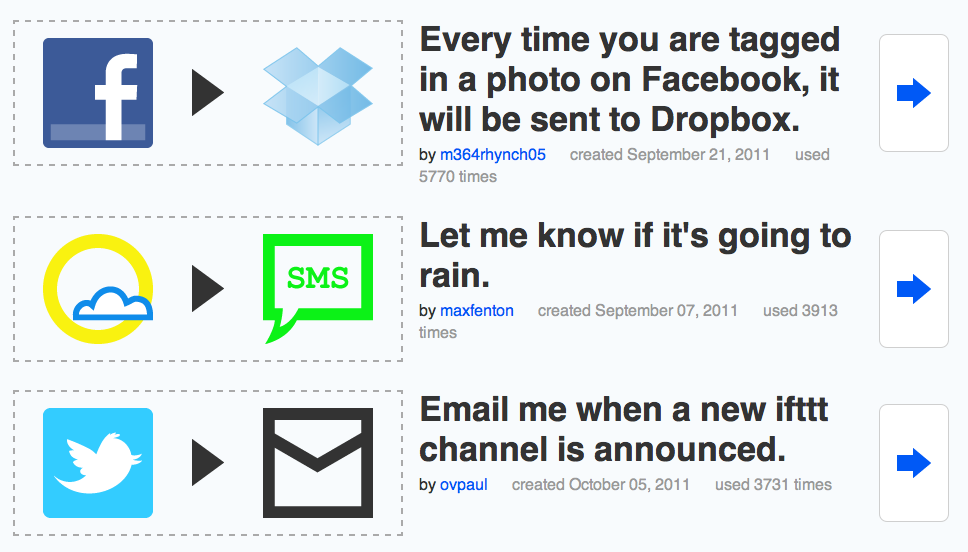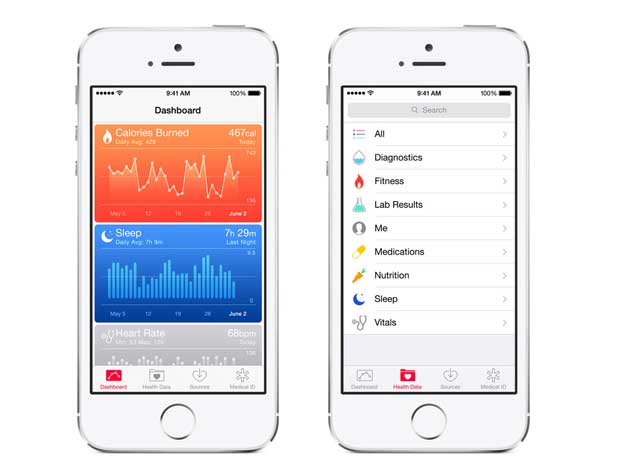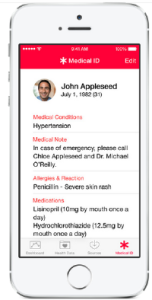I’ve been meaning to write about IFTTT (If This, Then That, pronounced like “gift,” but minus the g) for a long time, because I see it as a crucial, if perhaps underappreciated, component to spread the IoT more rapidly and increase its versatility — by democratizing the IoT.
That’s because this cool site embraces one of my favorite IoT “Essential Truths.” We must start asking:
who else could use this data?
I first started asking this question in my book, Data Dynamite, which largely focused on a fundamental paradigm shift away from the old view of data, namely, that you could gain a competitive advantage if you had proprietary information that I didn’t have. It was a zero-sum game. Your win was my loss.
No longer: now value is created for you if you share data with me and I come up with some other way to use that data that you hadn’t explored. Win-win!
As applied to the IoT, I’ve explored this shift primarily in the context of corporate initiatives, where it becomes possible, for the first time, to share data instantly among everyone who could benefit from that data: everyone within the company, but also your supply chain, your distribution network, and, sometimes, even your customers.
Here’s where the benefit of sharing data with your customers on a real-time basis comes in: there are a lot more of them than there are of manufacturers, and I can guarantee you that they will come up with clever uses that your staff, no matter how brilliant, won’t. Exhibit A: during last year’s World Series, GigaOM’s Stacey Higginbotham, did an IFTTT “recipe” that turned her HUE lights red (too bad for her, the Sox scored more runs. Wait until next year…). What Philips researcher would have ever done that on company time?
By harnessing crowdsourcing of ideas, the IoT will progress much faster, because of the variety of interests and/or needs that individuals add to the soup!
So, how’s IFTTT work?
Here’s a brief outline (or go here for details):
- a “recipe” is made up of a “trigger” (i.e., if this happens, such as “I’m tagged in a photo on Facebook”) and an action (then that happens, such as “create a status message on Facebook.”).
- the building blocks for recipes are called channels — 116 as of now, and growing all the time — each of which his its own triggers and actions. The channels include a wide range of apps and products, such as Nest thermostats or Facebook.
There is a wide variety of recipes on the IFTTT site (you can subscribe to have new ones involving a given channel that interests you sent to you as they are shared) or you can easily create your own — with no programming skill required. How cool is that?
Yes, IFTTT can be fun (“email your mother Foursquare checkins tagged #mom. Useful for brownie points“), but I’m convince that it’s also a critically important tool to speed deployment and impact of the IoT, by harnessing the power of crowdsourcing to complement the work of app developers and device manufacturers.
Now get going!



